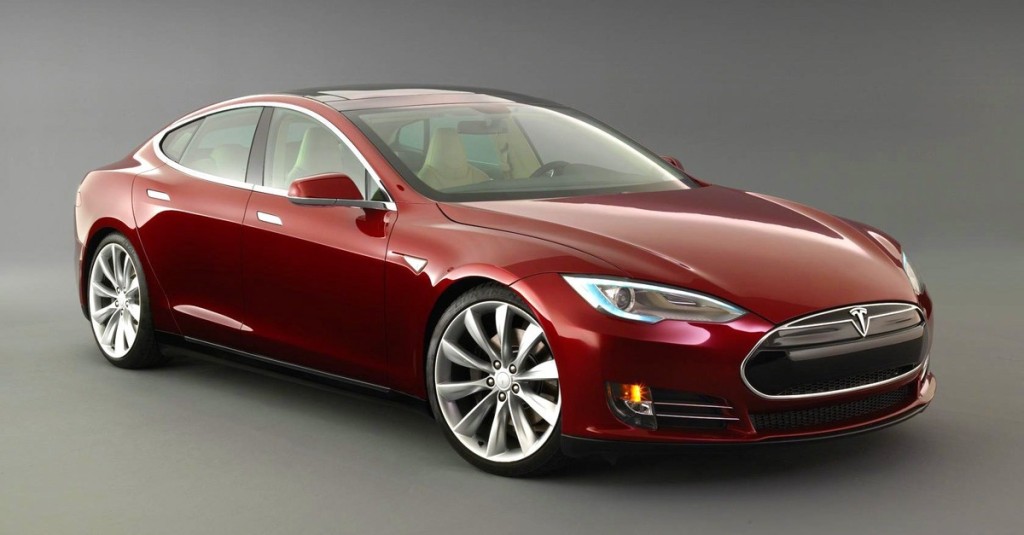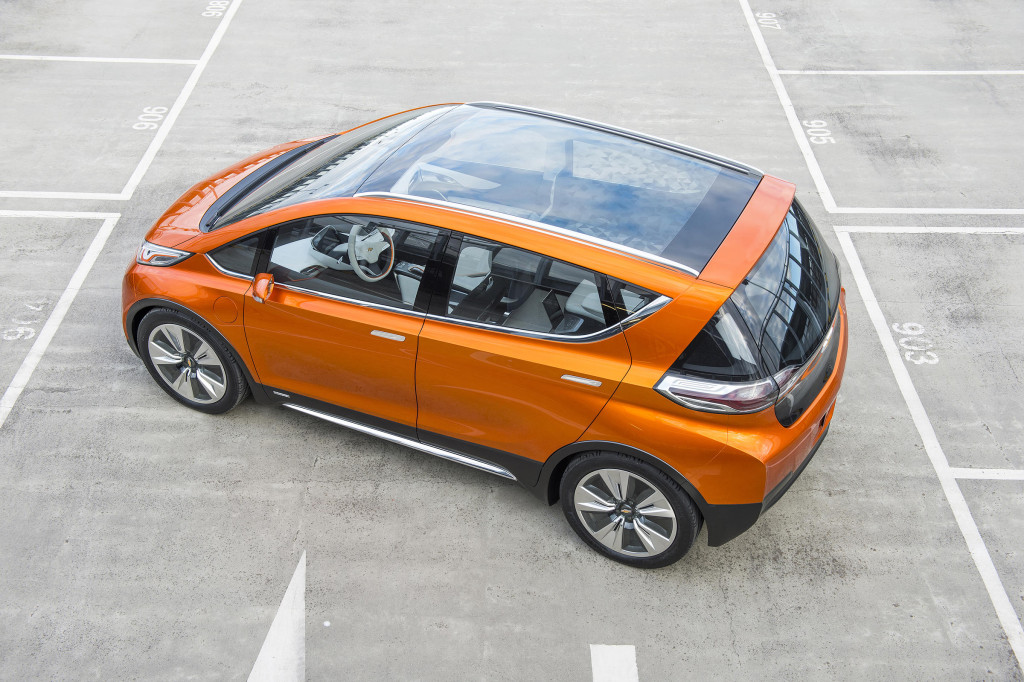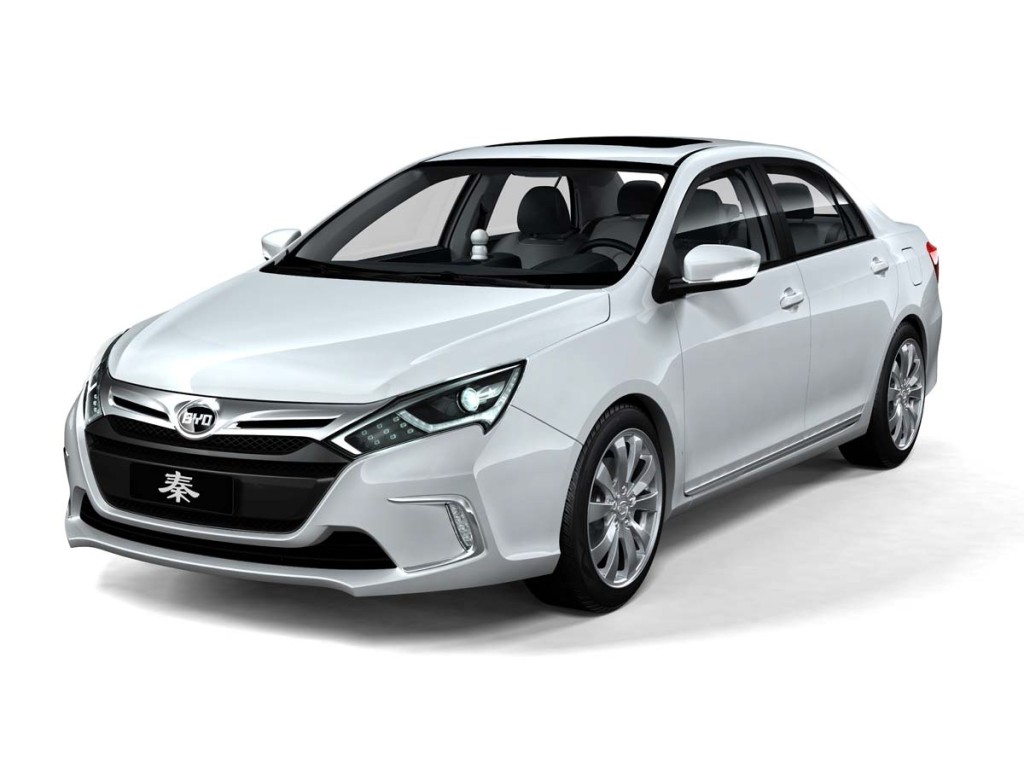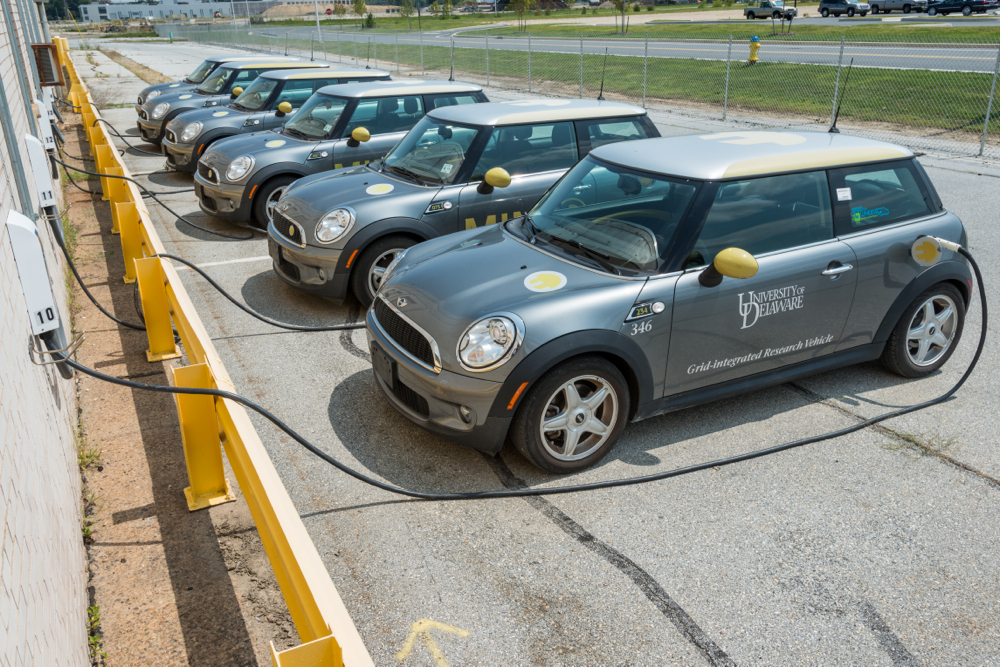In 2015 Tesla sold 25 202 Model S in the USA and an additional 25 164 in the rest of the world. It made Model S the bestselling electric car worldwide and also the number one luxury car in the US. Elon Musk and Tesla have not only put electric cars on the map. They have made it a superior driving experience and a statement for customers to make. Very impressive accomplishments!
Nevertheless, as Sonny Wu, a venture capitalist, says: “The guy who’s making the $100 000 (electric) car is not changing the world. The guy who is making the $10 000 electric vehicle is changing the world.” So, is the world changing?

Tesla Model S. Launched 2012. All-electric. Battery options: 70, 85 and 90 kWh. Electric range 265 miles (85 kWh).
In 2015 totally 116 100 plug-in electric vehicles (PEV), which includes all-electric as well as plug-in hybrid vehicles, were sold in the USA and 550 300 worldwide. No small numbers but in relation to all the 17.5 million cars and light duty vehicles sold in the US and 72.4 million in the world it represents in both cases only about 0.7 %.
Without various types of strong incentives, both financial and non-financial,, the number of PEVs would have been much smaller. The incentives are substantial. In the USA there is a $7500 federal tax credit. Several states offer additional subsidies, for example California with a $2500 rebate, Colorado with a $6000 income tax credits and Maryland with a $2500 excise tax credits.
Even more generous incentives can be found in Europe. Norway exempts all-electric cars from the vehicle taxes including the 25 % value added tax (VAT). Further the all-electric cars do not have to pay public parking fees or tolls for bridges, tunnels and ferries. The bestselling electric car in 2015 was VW eGolf. Thanks to the tax breaks it sells for just under $30 000, while the standard diesel VW Golf sells for about $40 000! No surprise, electric car sales was about 25 % of new car sales in Norway (2015)!
In addition to the financial subsidies there are other forms of support, for example car-pool lane access and free municipal parking. Those “perks” can mean a lot for convenience and in several cases may have been the tipping points for a customer in deciding to buy a PEV.
We are still far away for a $10 000 car. Tesla Model S price ranges from $71 000 to $106 200 depending on battery size and performance package. GM Volt, which is a plug-in hybrid is priced at $33 200 to $37 570.. The lowest cost electric car in the US is the all-electric Nissan Leaf with 100 miles range at $29 000.
Costs are coming down, but the battery cost, both the upfront cost as well as the total life cost is still very high. The battery system costs are in the range of $400 – 500 per kWh. For a Tesla Model S the battery system is estimated to be about 40 % of the car cost. Tesla has made a big bet on its Giga battery factory in Nevada, targeting volumes 10 times bigger than today. Larger volumes of manufacturing will drive down costs, but keep in mind that there is already economy of scale when it comes to the manufacturing of the battery cells. What most likely will drive costs down much more will be improved battery performance thanks to the continuous development of lithium ion chemistries. Additionally new concepts like combining lithium ion batteries ( for energy) with ultra-capacitors (for power) may also help bring costs down for comparable performance.
Later this year competition will heat up when GM and Tesla will be launching Bolt and Model 3 respectively targeting more mainstream market segments. Both cars are all electric with 200 miles range and both priced at about $35000 to $37000. There is already a lot of attention and interest, but until 2017 we will not know whether these new models will enable a step-function growth of PEVs.

GM Bolt. To be launched late 2016. All-electric. 60 kWh battery. Electric range > 200 miles.
Less noticed but probably more important for the worldwide growth of PEVs is that China has become the largest PEV market in the world. In 2015 about 330 000 PEV cars were sold. It was a three time increase over 2014 and almost twice as many as PEVs sold in the US.A major driver is the environmental aspects, especially air quality, since on certain days during smog emergencies regular gasoline powered cars are prohibited. The Chinese government has set a goal of achieving five million PEVs on the roads by the end of the decade and stimulates the growth of PEVs with tax cuts and other subsidies as well as dedicated efforts in battery research.

BYD Qin. Launched 2013. Number one selling PEV in China 2015. Plug-in electric. Battery 13 kWh. Electric range 43 miles.
The bestselling Chinese brand is BYD with its Qin, e6, Denza and Tang models. What makes BYD extra interesting to follow is that it is the only vertically integrated electric car company, making its own battery cells and battery packs. No doubt the growth of PEVs in China will help drive down costs, lower the price points and expand the acceptance of PEVs. It may not be enough to bring prices down to $10 000 level, but it seems like a fair bet that China’s broad push for PEVs will help improve performance and cost of batteries not only for the Chinese domestic demand but also outside China. Already Mercedes and BMW have BYD as a battery supplier.
The transportation sector stands for the 27% of the US greenhouse gases (EPA 2013). Decarbonizing this sector is challenging. It is not a viable solution to capture the carbon dioxide (CO2) at the exhaust pipe. The traditional route to reduce CO2 has been through mandating fuel efficiency standards and that way reduce the amounts of CO2. The long-term vision has been and may still be to transition to fuel cells as the primary power source, but unless hydrogen is generated from renewable energy sources or from nuclear power plants, it is not the zero CO2 solution so many has advocated for. For a while it looked like renewable bio-fuels would be an alternative. However, ethanol, maybe with the exception for Brazil, has not been economical and few expect it to ever be. What looks like the best option is to go electric.
Consequently, it is realistic to expect the various forms of incentives to continue for quite some time. The rational for the incentives is to help build volumes and with economy of scale drive costs down. However, at some point the PEVs must be able to stand on their own feet (or more precisely wheels) without the subsidies and before the car pool lanes and free parking will be saturated. Still support will most likely be needed, but it can be achieved by supplementing or replacing the incentives with emission mandates and/or carbon taxes.

University of Delaware under Dr. Willett Kempton has demonstrated the environmental and economic benefits of vehicle to grid (V2G) through pilot programs like a fleet of 15 BMW Mini Coopers participating in PJM’s ancillary service markets for frequency regulation.
More than subsidies and/or mandates what may ultimately make PEVs to break out and become more mainstream could happen if the large potential synergies with the electric system can be captured and properly valued. One would think that electric utilities already would have identified PEVs as their potentially best opportunity for load and revenue growth. A car with a 30 kWh battery holds as much electric energy as what the average US residential customer in consumes in a day. With more and more variable resources, wind and solar the value of the car battery for energy storage will be increasingly significant.
Combining smart electric cars with a smart electric grid could be the truly smart win-win!